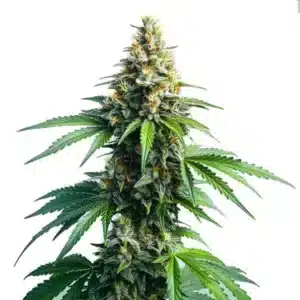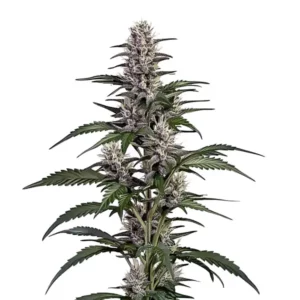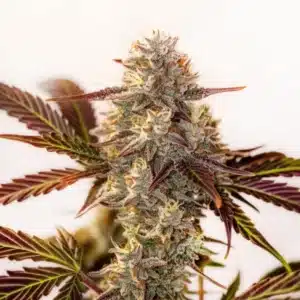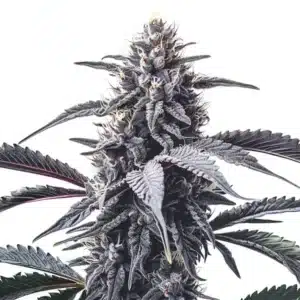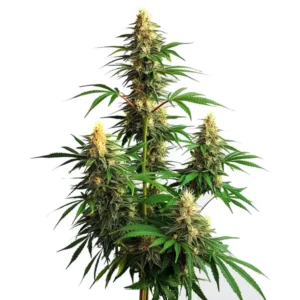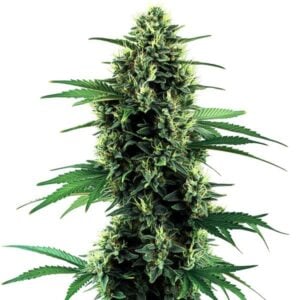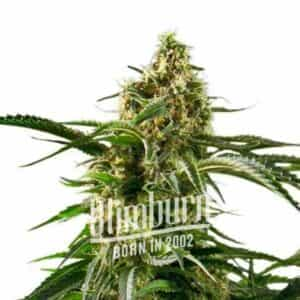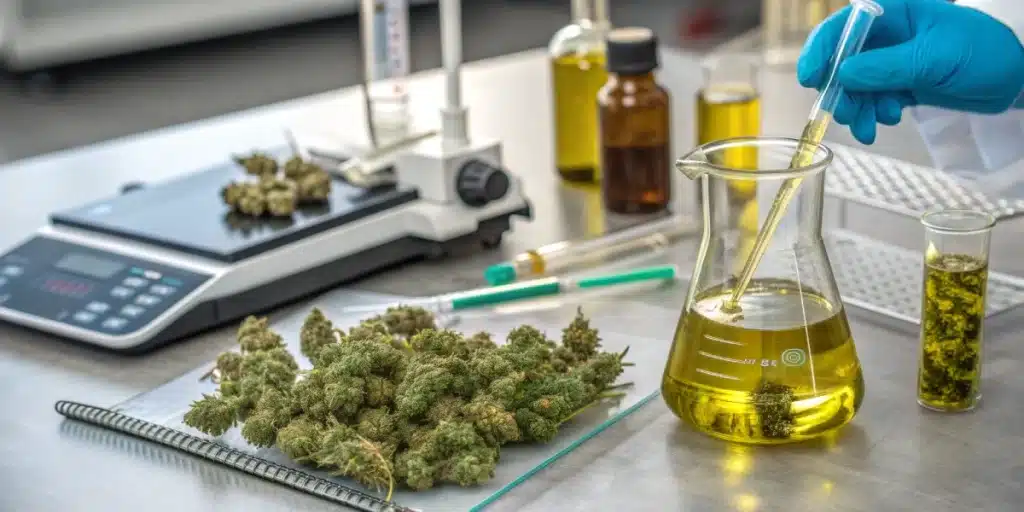
Mastering the Process: Testing THC and Decarbing Cannabis for Optimal Oil Infusion
Getting Started: Why Testing and Decarbing Are Essential
For those eager to refine their cannabis oil crafting, knowing exactly how to test thc in cannabis infused oil is a game changer. Whether you are a seasoned enthusiast or a curious beginner, understanding how to test thc in cannabis infused oil can ensure that your final product meets your desired potency and quality. Many experts emphasize that learning how to test thc in cannabis infused oil not only helps maintain consistency but also prevents unexpected surprises during consumption. In fact, mastering how to test thc in cannabis infused oil is one of the first steps in developing a high-quality infusion.
The process of verifying potency is as important as decarbing itself. When you know how to test thc in cannabis infused oil, you can confidently adjust your extraction and infusion techniques to suit your preferences. Aspiring extractors and DIY enthusiasts frequently ask, “How can I be sure of the strength of my oil?” Knowing how to test thc in cannabis infused oil answers that question and opens the door to reliable, repeatable results. Many users have found that once they learn how to test thc in cannabis infused oil, their confidence in the entire production process skyrockets.
Recommended Strains
Afghan Kush
|
|
THC | 16% - 21% (Medium) |
|
|
Type | Feminized |
|
|
Yield | Medium |
|
|
Phenotype | 90% Indica / 10% Sativa |
Afghan Autoflower
|
|
THC | 15% - 17% (Medium) |
|
|
Type | Autoflowering |
|
|
Yield | Medium |
|
|
Phenotype | 90% Indica / 10% Sativa |
In addition to the potency check, learning how to test thc in cannabis infused oil helps identify any inconsistencies in extraction methods. By measuring the levels accurately, you can compare batches and tweak variables such as temperature and time. This knowledge empowers you to perfect your infusion technique while ensuring that your product consistently meets high standards. Remember, knowing how to test thc in cannabis infused oil is essential for anyone serious about creating potent, effective, and safe cannabis oils.
Promos & Deals
How to Test THC in Cannabis Infused Oil
Methods and Tools for Accurate Testing
A variety of methods exist for determining how to test thc in cannabis infused oil with precision. One popular approach involves using thin-layer chromatography (TLC), which separates the cannabinoids on a plate for easy visual inspection. This method provides a quick and cost-effective way to gauge the potency of your infused oil. Advanced laboratories often rely on high-performance liquid chromatography (HPLC) for a more detailed analysis, allowing for precise quantification of THC levels.
Other testing techniques include gas chromatography (GC) and mass spectrometry (MS), each offering unique insights into the cannabinoid profile of your infusion. Simple home testing kits are also available on the market, designed for those who want to know how to test thc in cannabis infused oil without investing in expensive laboratory equipment. Using these kits, you can obtain a rough estimate of your product’s potency, which is especially helpful for hobbyists and small-scale producers.
The selection of tools depends on your desired level of accuracy and available budget. While professional labs offer detailed results, many find that a reliable home testing kit is sufficient to ensure quality control. Understanding how to test thc in cannabis infused oil with these methods not only saves time but also contributes to a consistent and safe product.
Interpreting Your Results
Once you have conducted your tests, interpreting the results is critical. Data obtained from techniques like HPLC will often include numerical values for THC content, expressed as a percentage of the total weight. If you are wondering how to test thc in cannabis infused oil effectively, you must learn to read these values accurately. This helps in determining if your infusion meets the desired potency or if further refinement is necessary.
Interpreting your results may also involve comparing the cannabinoid profile with your target specifications. For instance, if your infused oil is meant for therapeutic use, maintaining a balance between THC and other cannabinoids like CBD is important. Regularly checking how to test thc in cannabis infused oil allows you to monitor any deviations from your set standards, enabling timely adjustments to your process.
Taking careful notes during each test and keeping a log of your results can be extremely helpful. Over time, you will notice patterns that inform your production decisions. This ongoing feedback loop ensures that you continue to improve your technique, ultimately leading to a superior final product.

Decarbing 101: Using Decarbed Cannabis in Extra Virgin Oil
What is Decarbing and Why It Matters?
Decarbing, short for decarboxylation, is the process of applying heat to cannabis to activate its cannabinoids, such as THC. Without this vital step, your infusion will contain the acid forms of cannabinoids, which do not produce the desired psychoactive or therapeutic effects. Learning how to use decarbed cannabis in extra virgin oil transforms raw plant material into a potent ingredient ideal for oil infusions.
The importance of decarbing cannot be overstated. When cannabis is heated, non-active compounds convert into active ones, thereby increasing the effectiveness of your final product. For those wondering how to test thc in cannabis infused oil, the decarbing process is the precursor that ensures the oil contains the right level of active THC. Mastery of decarbing techniques is a cornerstone of any successful infusion process.
A Step-by-Step Guide
To begin, preheat your oven to a temperature between 220°F and 240°F (104°C to 116°C). Grind your cannabis coarsely, and spread it evenly on a baking sheet lined with parchment paper. The goal is to heat the cannabis long enough to decarboxylate the THC without burning the material.
Bake the cannabis for about 30 to 45 minutes, stirring occasionally to ensure even exposure. Once the cannabis has turned a light brown color and has a fragrant aroma, it is considered decarbed. At this point, you now have decarbed cannabis ready to be infused into extra virgin oil. Learning how to use decarbed cannabis in extra virgin oil not only maximizes potency but also preserves the natural flavors and aromas of the plant.
After decarbing, allow the cannabis to cool slightly before mixing it with extra virgin olive oil. This oil is preferred due to its health benefits and mild flavor, which does not overpower the natural characteristics of the cannabis. The infusion process typically involves a slow simmer on low heat for several hours, allowing the cannabinoids to bind with the oil. Regular stirring and careful temperature control are essential to ensure the oil does not overheat, which could degrade the cannabinoids.
A successful infusion requires patience and attention to detail. Following each step meticulously ensures that the final product is both potent and flavorful. Whether you are a beginner or an experienced cultivator, learning how to use decarbed cannabis in extra virgin oil opens up a world of creative culinary and medicinal applications.
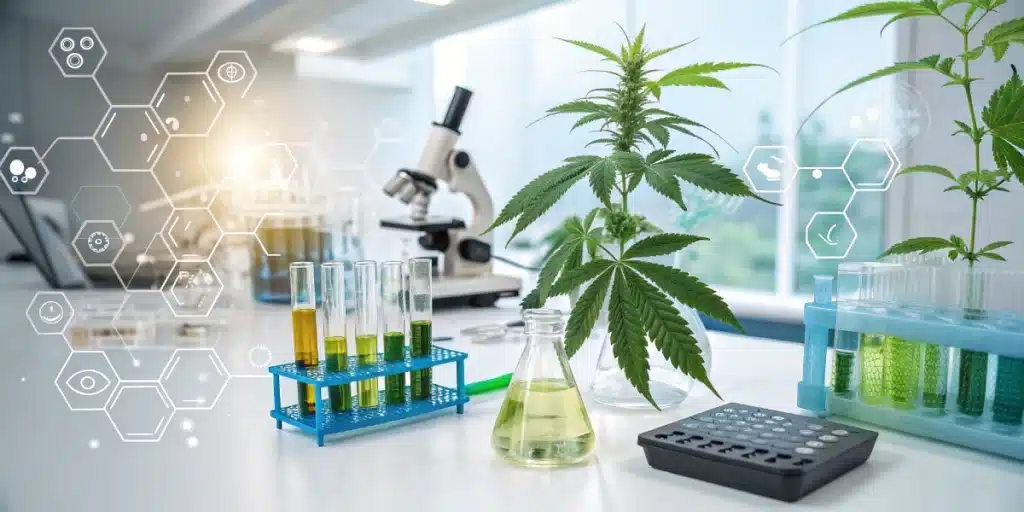
Expert Tips and Common Pitfalls
Achieving the perfect infusion is both an art and a science. Seasoned professionals suggest that timing and temperature control are paramount when learning how to test thc in cannabis infused oil and during the decarbing process. One common pitfall is overheating the cannabis, which can lead to the loss of delicate terpenes and a decrease in potency. Consistent monitoring with a reliable thermometer can prevent such mishaps.
Another tip from experts is to always use high-quality, lab-tested cannabis. Using inferior material not only affects the potency but also introduces unwanted impurities into your oil. Maintaining a clean and organized workspace is also key to avoiding cross-contamination. Overcoming these challenges requires practice and attention to detail, so do not be discouraged by early setbacks.
Keep detailed records of your process, including temperatures, times, and the quantities used. These logs will prove invaluable as you refine your technique. Remember, each batch is a learning opportunity. Over time, you will develop a keen sense of how to test thc in cannabis infused oil accurately and efficiently, ensuring that every infusion meets your high standards.
Some enthusiasts even recommend using a double boiler for the infusion process. This method provides more consistent heat distribution, reducing the risk of burning the oil. While it might seem like an extra step, investing in the right equipment pays off in the quality of the final product.
Ensuring Quality and Potency
The ultimate goal of mastering these techniques is to produce cannabis-infused oil that is both potent and consistent. Ensuring quality begins with using premium ingredients from the cannabis itself to the extra virgin oil that serves as your infusion medium. Careful selection at every step of the process can lead to significantly better results.
Regularly testing how to test thc in cannabis infused oil is a critical component of quality control. It is not enough to simply prepare your oil; verifying its potency through systematic testing ensures that your infusion meets the desired specifications every time. Consistent testing provides a benchmark for your process, making it easier to adjust variables as needed.
Another factor in ensuring quality is the storage of your final product. Store your infused oil in a cool, dark place to preserve its potency and flavor. Using dark glass bottles and airtight containers can extend the shelf life of your oil while preventing degradation from light and oxygen exposure.
Quality assurance is an ongoing process that combines careful preparation, regular testing, and proper storage. By paying close attention to these factors, you can produce a superior cannabis oil that stands out in potency, flavor, and overall effectiveness.
Even after achieving a successful infusion, continuous monitoring and occasional retesting of your product are advisable. As you refine your process, the consistent application of quality control measures will become second nature, ultimately leading to a product that reliably meets your expectations.
FAQs
How do I accurately test THC levels in my cannabis infused oil?
Accurate testing of THC levels in your oil can be achieved using methods such as HPLC, TLC, or home testing kits designed for cannabis products. Regularly asking how to test thc in cannabis infused oil and applying these techniques will help you maintain consistency in your infusions.
What temperature and time are optimal for decarbing cannabis?
For effective decarboxylation, heat your cannabis at 220°F to 240°F for 30 to 45 minutes. This range is typically ideal for converting THCA into active THC without degrading the cannabinoids or terpenes.
Can I use decarbed cannabis in extra virgin oil for cooking purposes?
Absolutely. Learning how to use decarbed cannabis in extra virgin oil allows you to create versatile infusions suitable for both medicinal and culinary applications. The oil can be drizzled over salads, used in marinades, or incorporated into baked goods.
How often should I test my infused oil to ensure potency?
It is advisable to test your oil with each new batch to confirm consistency. Regular testing helps you monitor any variations and adjust your process accordingly, ensuring that you always know how to test thc in cannabis infused oil accurately.
What common mistakes should I avoid when decarbing cannabis?
Avoid overheating the cannabis, which can lead to the loss of terpenes and decreased potency. It is also important not to grind the cannabis too finely, as this can result in uneven decarboxylation. Consistent monitoring and a steady hand are key.
Is there a significant difference in the potency of oil infused with decarbed cannabis versus non-decarbed cannabis?
Yes, there is a notable difference. Decarbed cannabis releases active THC and other cannabinoids, which significantly increases the potency and effectiveness of the oil. Using decarbed cannabis in extra virgin oil produces a more powerful and reliable infusion.
Mastering the process of testing THC and decarbing cannabis for oil infusion is both a science and an art. Whether you are perfecting your technique for personal use or aiming to produce a high-quality product for others, understanding how to test thc in cannabis infused oil is fundamental. Each step from selecting premium cannabis and decarbing it properly to accurately measuring the THC content contributes to the overall quality of your final infusion.


